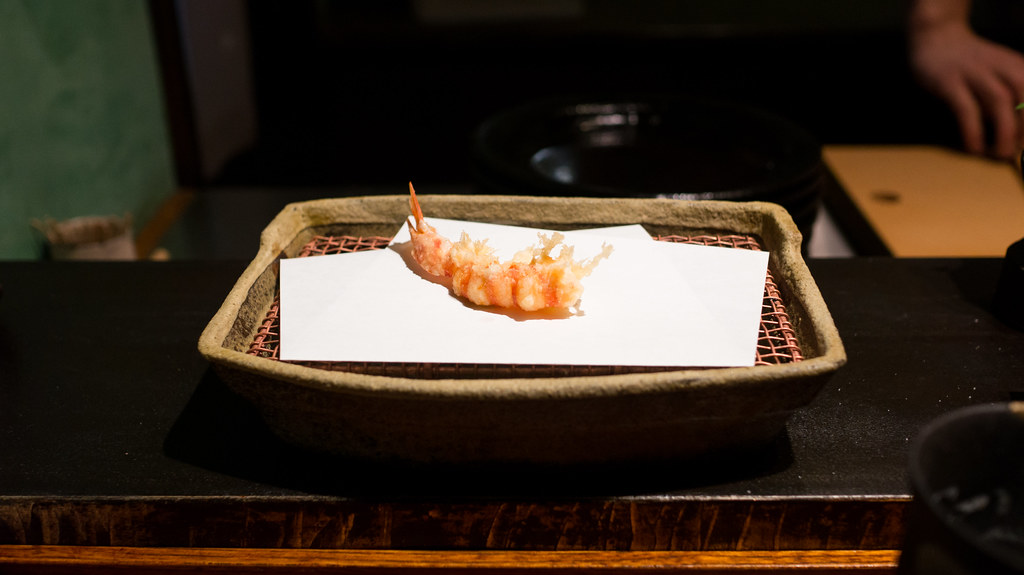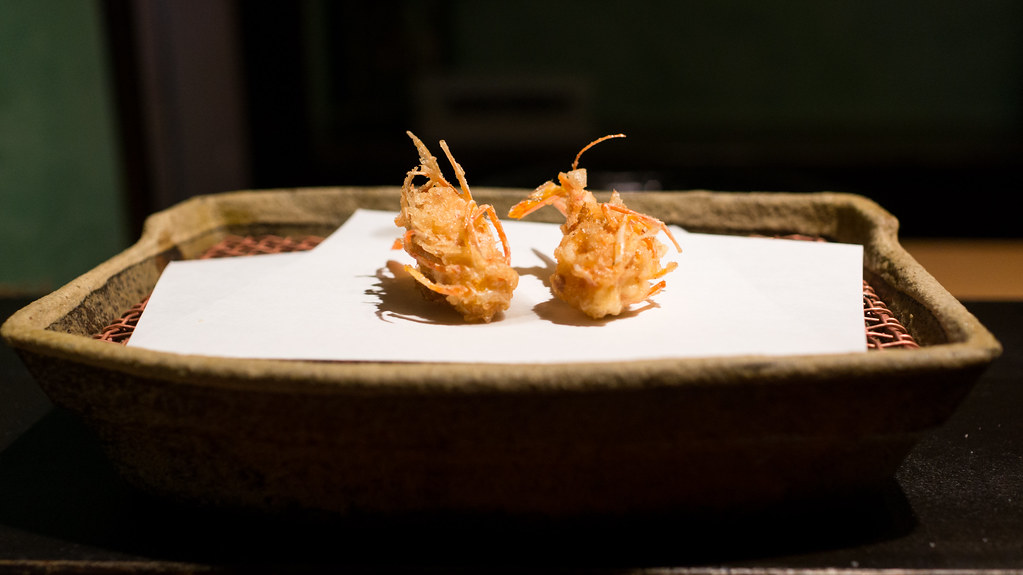There are few things as elemental as bread. And yet there are few things as hard to find in Miami as a great loaf of bread. For me, that changed when I discovered Zak the Baker. For the past couple years, Zak the Baker (a/k/a Zak Stern) has been making beautifully simple natural leaven country bread. I got turned on to Zak's bread via Chef Michelle Bernstein, who has been serving it at her restaurant, Michy's. I rejoiced when my CSA farmer, Muriel Olivares of Little River Market Garden, started selling it on Saturdays at the Upper Eastside Farmers Market at Legion Park on Biscayne Boulevard. His bread is almost intensely crusty, its interior crumb is pocked with big airy holes, its flavor is hearty and rich. His bread has character, maybe even - dare I say it - soul.
(You can read more about Zak and his backstory in this feature in Edible South Florida, or this profile in Miami New Times).
For me, these are the kinds of things that elevate a food community: the folks who dedicate themselves to a particular craft, who focus on making one thing as best as they possibly can. Miami has plenty of glitzy restaurants with multi-million dollar investments behind them. It is still very much a work in progress when it comes to the network of farmers, bakers, butchers and fishmongers who can supply both restaurants and individuals with great products.
Sometimes, your community is what you make it. Here is one of those opportunities.
After spending a couple years gradually building up his business, working out of a variety of makeshift facilities, usually from early evening until late the next morning, Zak is making a big leap: he will be opening a bakery, retail outlet and café in Wynwood. And he's using Kickstarter to raise some of the capital needed to open the place. I said it a few weeks ago when I made my pledge:
Miami: if you want nice things, support them. Like Zak The Baker: Wynwood Bakery & Cafe on @Kickstarter http://t.co/xYLgjWMF2U
— Frodnesor (@frodnesor) March 21, 2014
With a week to go, Zak is more than 75% of the way to the additional $30,000 he is hoping to fund through Kickstarter. I don't normally use this platform for these kinds of purposes, but I'm doing so now: please help.For a little insight, I dropped by the space yesterday to talk to Zak about what he envisions. Unfortunately, I didn't record our conversation or take notes, so this is more in the nature of loose impressions than an interview, but here is what I learned:
(continued ...)





